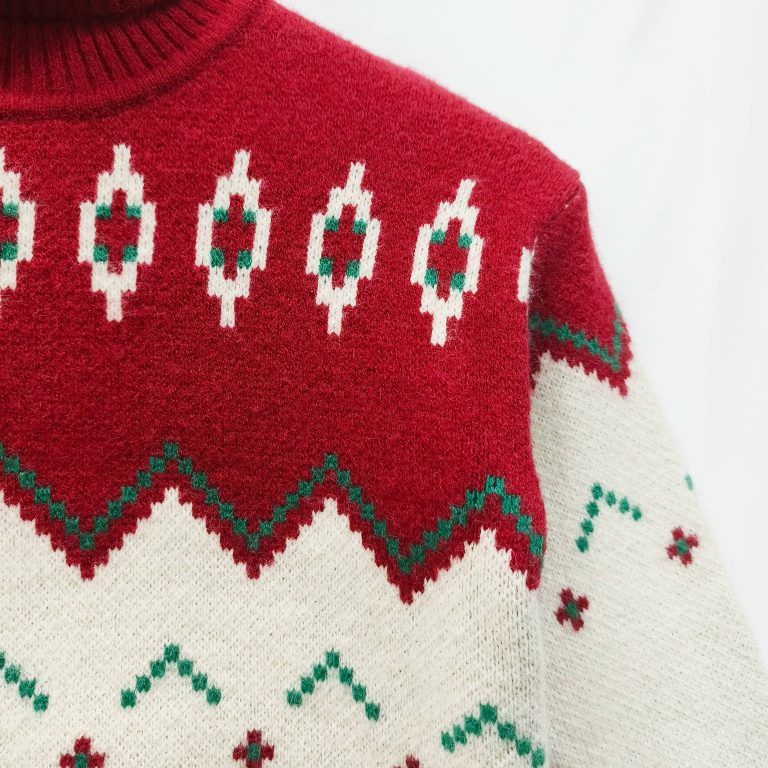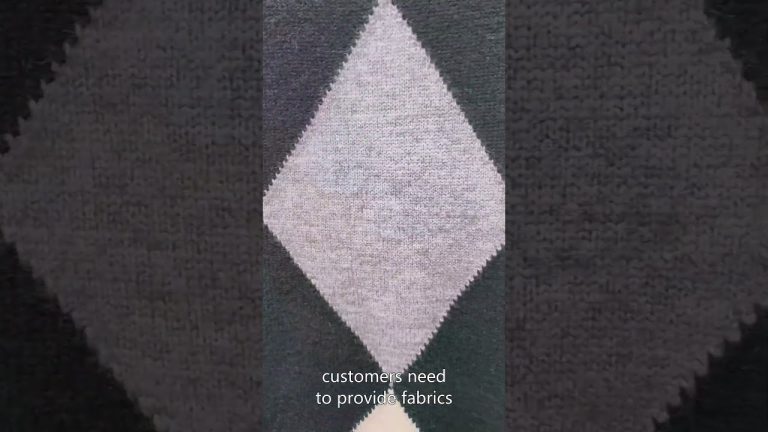The History and Origins of Fair Isle sweaters

Fair Isle sweaters have become a staple in many people’s wardrobes, especially during the colder months. These cozy and stylish sweaters are known for their intricate patterns and vibrant colors. But have you ever wondered about the history and origins of Fair Isle sweaters? Let’s take a journey back in time to discover the fascinating story behind these beloved garments. The origins of Fair Isle sweaters can be traced back to a small island in Scotland called Fair Isle. This remote island, located between mainland Scotland and the Orkney Islands, has a rich history of knitting that dates back centuries. The island’s isolation and harsh climate made knitting a necessary skill for survival. The distinctive patterns found in Fair Isle sweaters are believed to have been influenced by a variety of sources. Some experts suggest that the patterns were inspired by the intricate designs found in the island’s natural surroundings, such as the waves crashing against the rocky shores or the colorful flowers that bloom during the summer months. Others believe that the patterns were influenced by the island’s Viking heritage, as the Vikings were known for their intricate and geometric designs.
 Regardless of their origins, Fair Isle sweaters gained popularity in the early 20th century when they were worn by the British royal family. In 1921, the Prince of Wales, later known as King Edward VIII, was photographed wearing a Fair Isle sweater while playing golf. This image sparked a fashion trend, and soon Fair Isle sweaters were in high demand.
Regardless of their origins, Fair Isle sweaters gained popularity in the early 20th century when they were worn by the British royal family. In 1921, the Prince of Wales, later known as King Edward VIII, was photographed wearing a Fair Isle sweater while playing golf. This image sparked a fashion trend, and soon Fair Isle sweaters were in high demand.
The production of Fair Isle sweaters is a labor-intensive process that requires great skill and attention to detail. Each sweater is hand-knit using a technique called stranded knitting, where two or more colors of yarn are used in each row. This technique creates the distinctive Fair Isle patterns that we know and love.
Traditionally, Fair Isle sweaters were made using local wool from Shetland sheep, which are known for their soft and warm fleece. The wool is carefully spun and dyed using natural dyes made from plants and minerals found on the island. Today, many Fair Isle sweaters are still made using traditional methods and materials, although some modern variations may incorporate synthetic fibers for added durability.





